- Customer Care +91 8800900271
- About Us
- Contact Us
- Sell Your Brand
- International Orders
- Disease
- Homoeopathy
- Willmar Schwabe Germany
- SBL
- REPL
- Dr. Reckeweg
- Willmar Schwabe India
- Bakson's
- Hapdco
- Lords
- Allen
- B Jain
- Adven
- Dr. Wellmans
- Indo German
- Medisynth
- Wheezal
- Adel
- HSL
- New Life
- Bioforce
- JVS
- Hahnemann Laboratory (HL) Calcutta
- Bios Laboratory (BL)
- Parul Homoeo Laboratories (PHL)
- Allen Calcutta
- Bhandari
- Dr. Bhargava
- PHBL
- SSL
- Dr Vijay's
- Natcure
- Kent Pharmaceuticals
- Similia
- Ralson
- St. George
- SHL
- Burnette's Homoeopathy
- Purusottam Homeo Bikas Laboratory (PHBL)
- Father Muller Pharmaceuicals
- National Homoeo Laboratory
- EL Dr. Lal Singh Expertise
- Ayurveda
- Unani
- Health & Fitness
- Books
- Veterinary
- Online Consultation
- International Orders


PCOS: A SOS for young girls in current scenario !
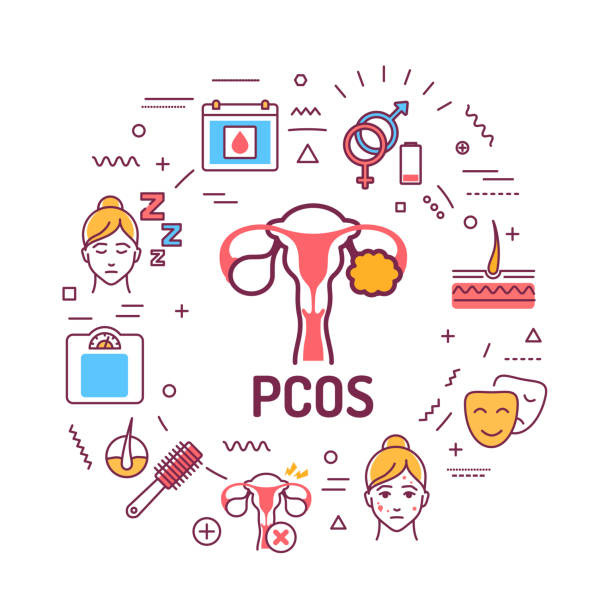
- By: Dr G. Supriya
- Profession: BHMS
- Category: Yoga
- Dec 30, 2021
Polycystic ovarian syndrome (PCOS) is an endocrine disorder which affects various systems of the body resulting in reproductive, metabolic, and psychological consequences. PCOS is one of the most common endocrine disorders amongst women of reproductive age.
PCOS affects approximately 5-10% of the female population in developed countries, and in India PCOS is reported in 9% of adolescents.
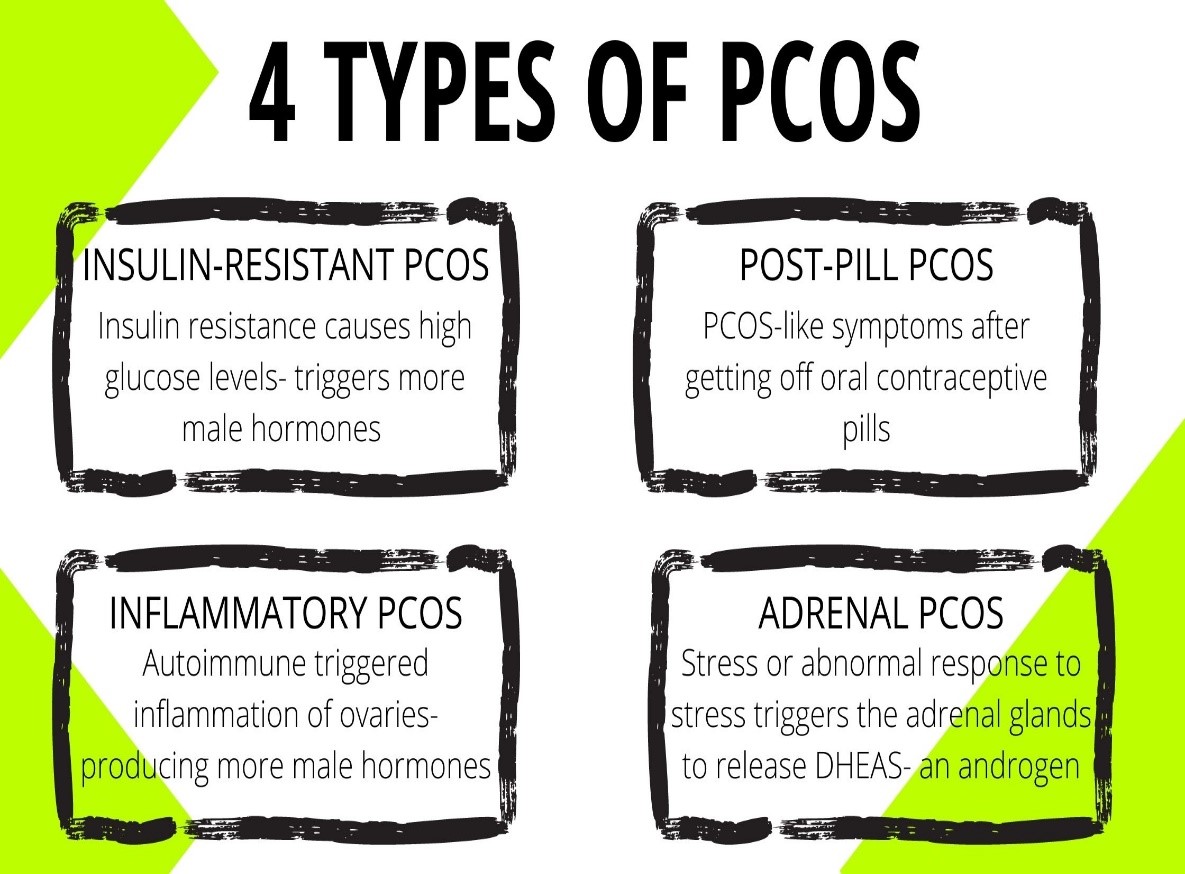
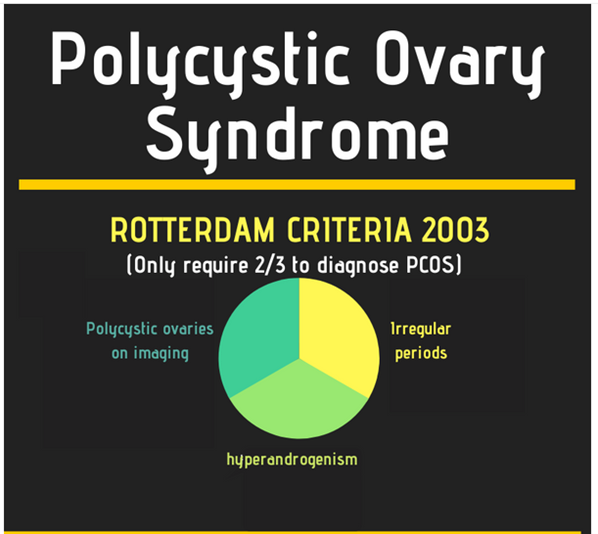
SIGN AND SYMPTOMS
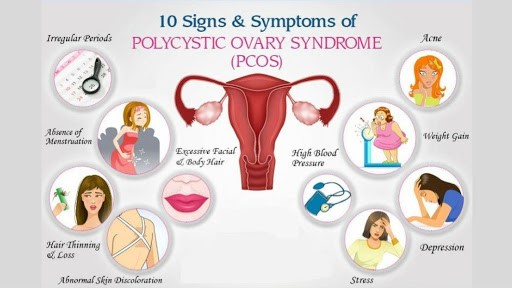
YOGA IN PCOS
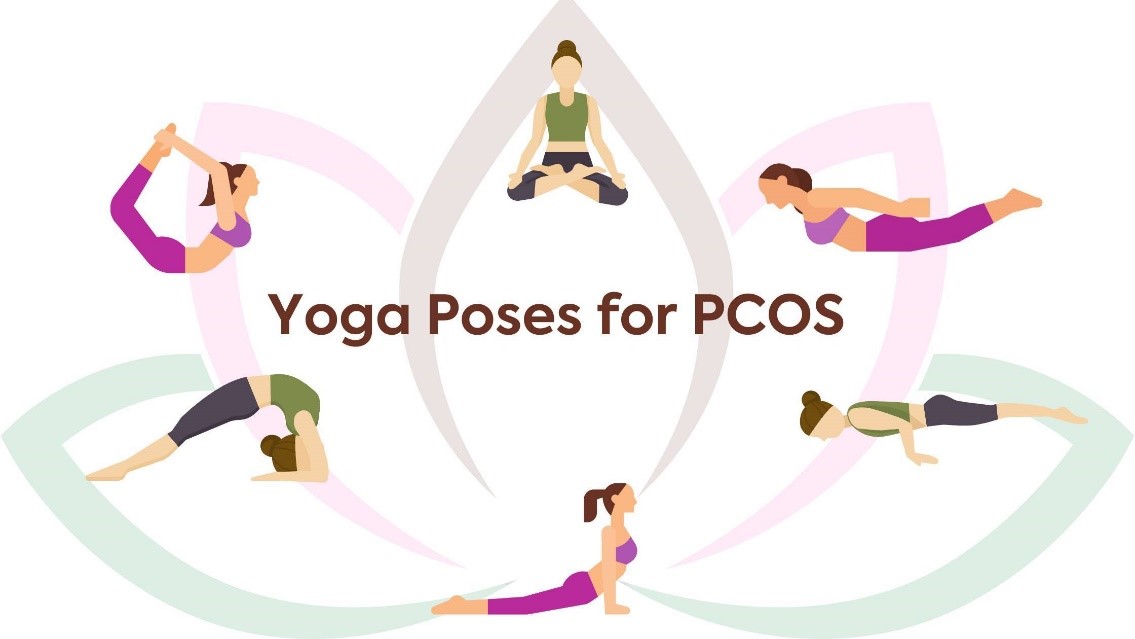
- Suryanamshkar (Sun salutation): It is an ancient yogic method to worship sun and consists of series of postures [Asanas] with breathing pattern. It balances the whole endocrinal system by direct massaging of glands and increasing blood flow to organ thus regularizes the menstrual cycle.
- Suptbandhkonasan (reclining Butterfly Pose): Stimulates abdominal and pelvic organs like ovaries, urinary bladder, stretches inner thighs and groin which helps in relieving symptoms of stress and menstrual irregularities.
- Hal asana (Plough Pose): It improves cardiovascular health and menstrual irregularities by reducing belly fat.
- Dhanurasan (Bow Pose): It is the best pose to reduce body fat and weight as it stretches the abdominal muscles to fullest of their strength.
- Bhujangasana (Cobra Pose): This asana exerts pressure over the abdomen and boosts the ovarian secretions.
- Chakki chalanasana (Moving Wheel Pose): It helps to modify the endocrine glandular functions thus enhances efficiency of hormonal secretions.
- Padmasana (Lotus Pose): This asana stretches the pelvic region.
- Naukasana (Boat Pose): This asana exerts pressure over the abdomen and corrects the functions of organs present in and around the pressurized area.
Yoga poses stretches abdominal region which increases blood flow towards reproductive organs and relieves any kind of tension around reproductive organs. By relieving stress yoga poses helps in improving ovulatory functions.
Breathing Techniques (Pranayam) is control of breath. Prana is vital energy and Ayan means control. Regular Practicing Pranayama Techniques increases life span and maintains health by controlling the process of breathing.
- Kapalbhati Pranayam: Kapal means forehead and Bhati means shining. This breathing technique increases blood circulation to organs, corrects glandular secretion and combats oxidative stress. It regulates brain pancreas endocrine pathway correcting features of metabolic syndrome.
- Nadi Shodhan Pranayam (Anulom Vilom, Alternate Nostril breathing): This breathing technique purifies the subtle energy channel (Nadis) thus enabling smooth flow of vital energy (Prana). It calms the mind and body by relieving stress.
- Bhramri Pranayam: To relieve mental tension, agitation and stress. Researchers have proved that practicing Bhramri regulates normal functioning of endocrinal system. Controlled breathing techniques tones up nervous system, improves emotional stability, eliminate anxiety, improves self-esteem and increases insulin sensitivity.
- Dhyana (Meditation): Meditation is integral part of yogic practices which achieves harmonious balance between body and mind. This breathing technique relieves symptoms of PCOS by calming and soothing the mind.
HOMOEOPATHIC APPROACH IN PCOS
- Apis Mellifica
- Calcarea carbonica: It is well indicated for ovarian troubles with tendency to obesity. Oligomenorrhoea or amenorrhea in puberty due to anemia. As menstruation occurs, it is profuse, abundant, of a bright red color with Oligomenorrhoea from 60 to 90 days. Pain as if the menses were to take place without occurring. Delayed, scarce menstruation with feeling of abdominal enlargement. Cystic ovaritis. Worse from cold air, damp weather. Better in dry weather and lying on belly.
- Ignatia: In Oligomenorrhoea, pains re of a spasmodic type, with black blood in coagula and with offensive odor when the menstruation presents itself. Oligomenorrhoea or amenorrhea with heaviness in the head, frontal pain with stomach emptiness and nervousness during menstruation. Menses suppressed by emotions, with sighs and sobbing. Worse after some trouble or emotion. Better from change in position of body.
- Natrum mur: when the patient is anemic, low iron and there are gaps in menses or the menses skips many days or months.
- Oophorinum: Menses appearing every 40 to 65 days. Acne rosacea, which becomes aggravated during the premenstrual stage.
- Sepia: Extremely scarce menses in adults, heavy pain from the umbilical region to small pelvis. Oligomenorrhoea or amenorrhea with congestive hemicranias in the morning, irritable temper with loss of appetite. Scarce menses with dark secretion. Worse in the morning and in cold weather. Better from heat and in the evening.
Get the Latest Updates Blog
 Click here to Pay
Click here to Pay
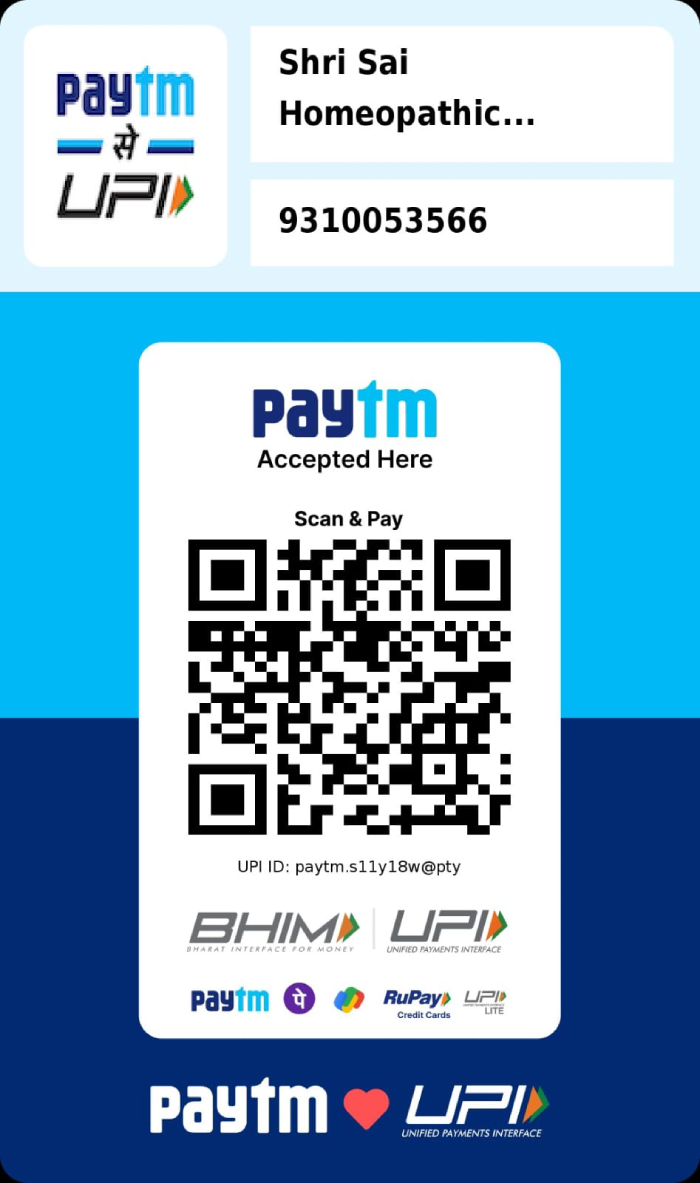
Please send the screenshot at 880 090 0271

